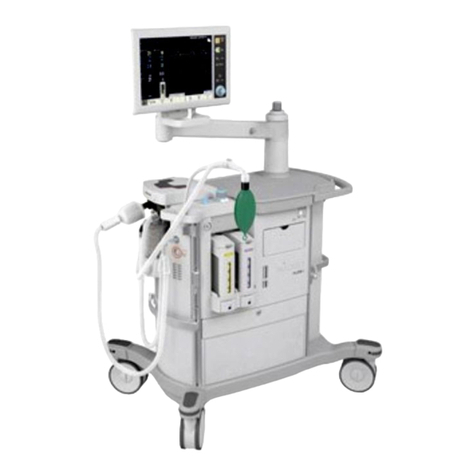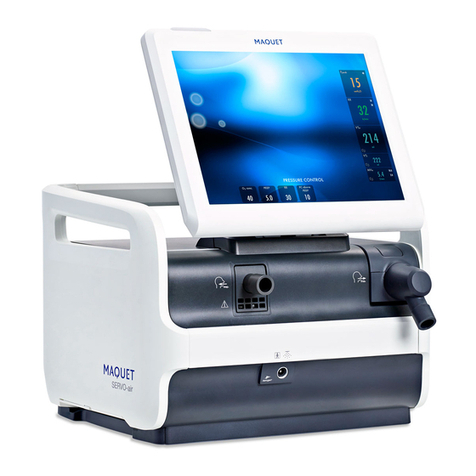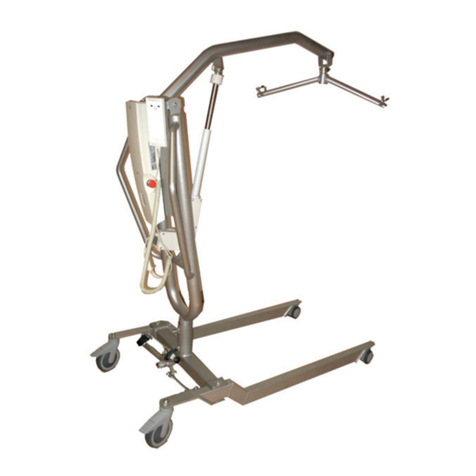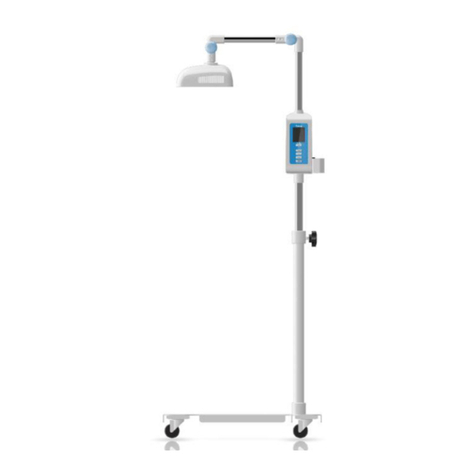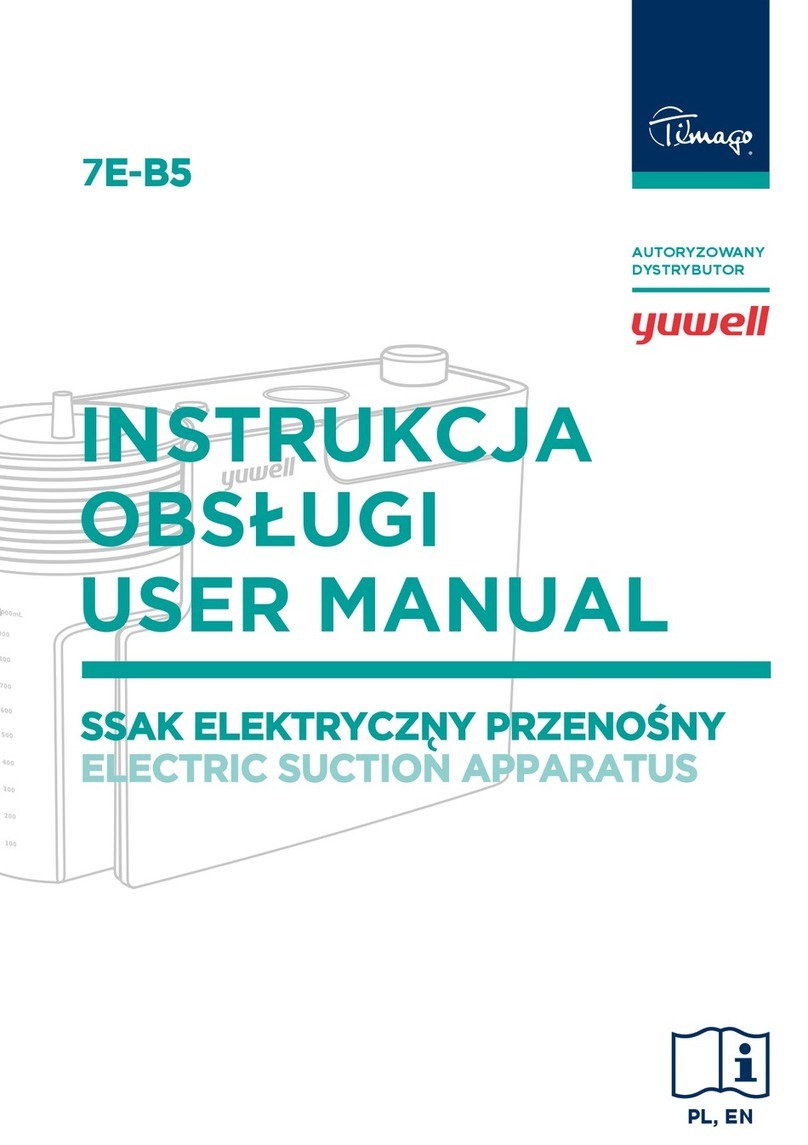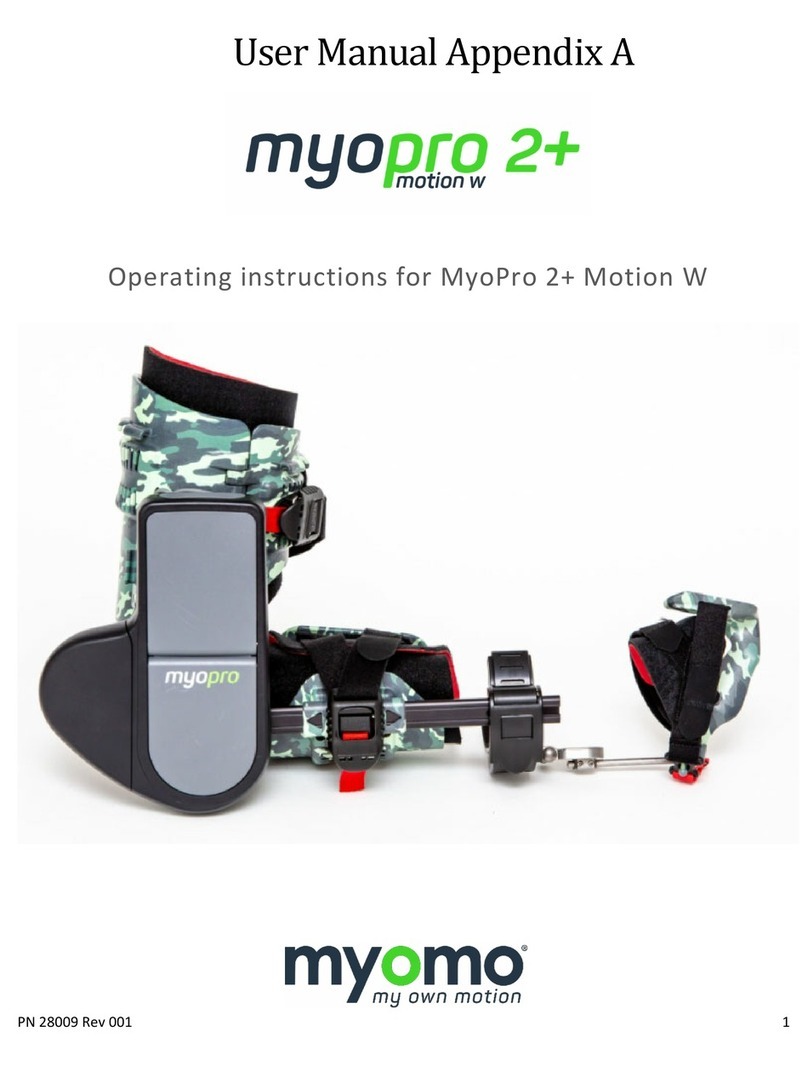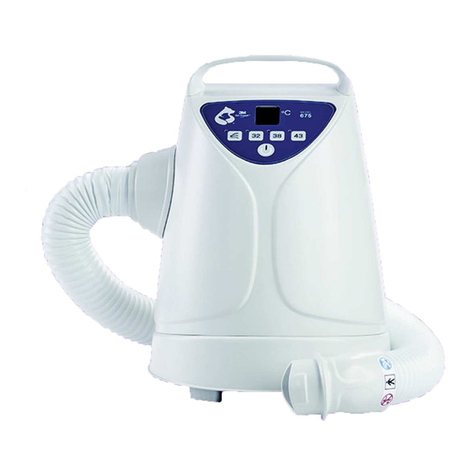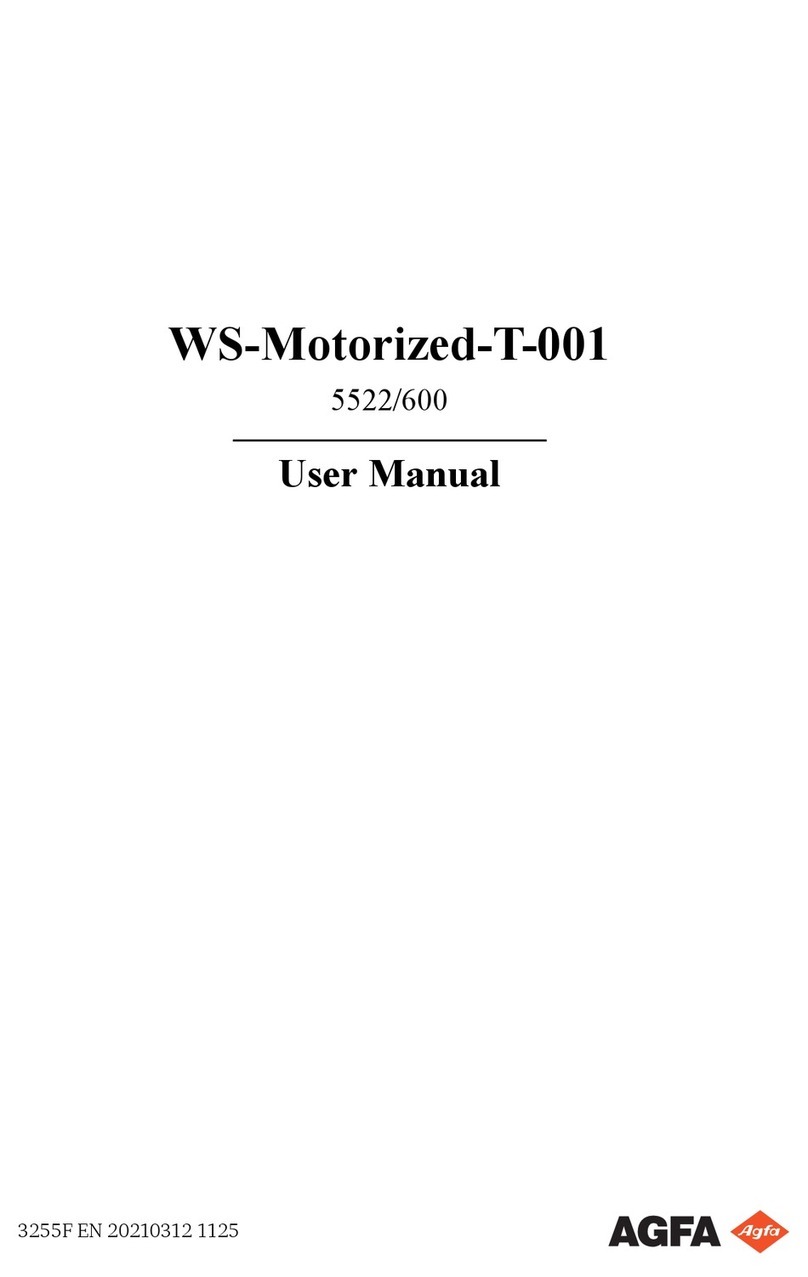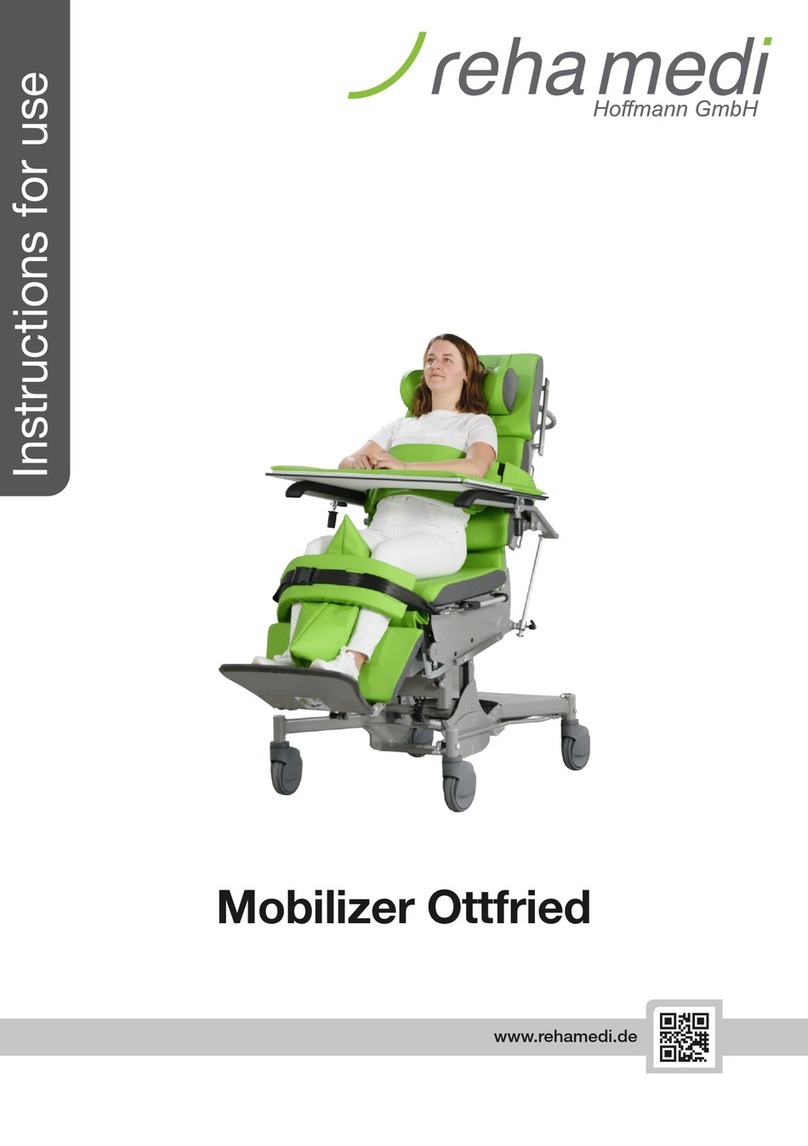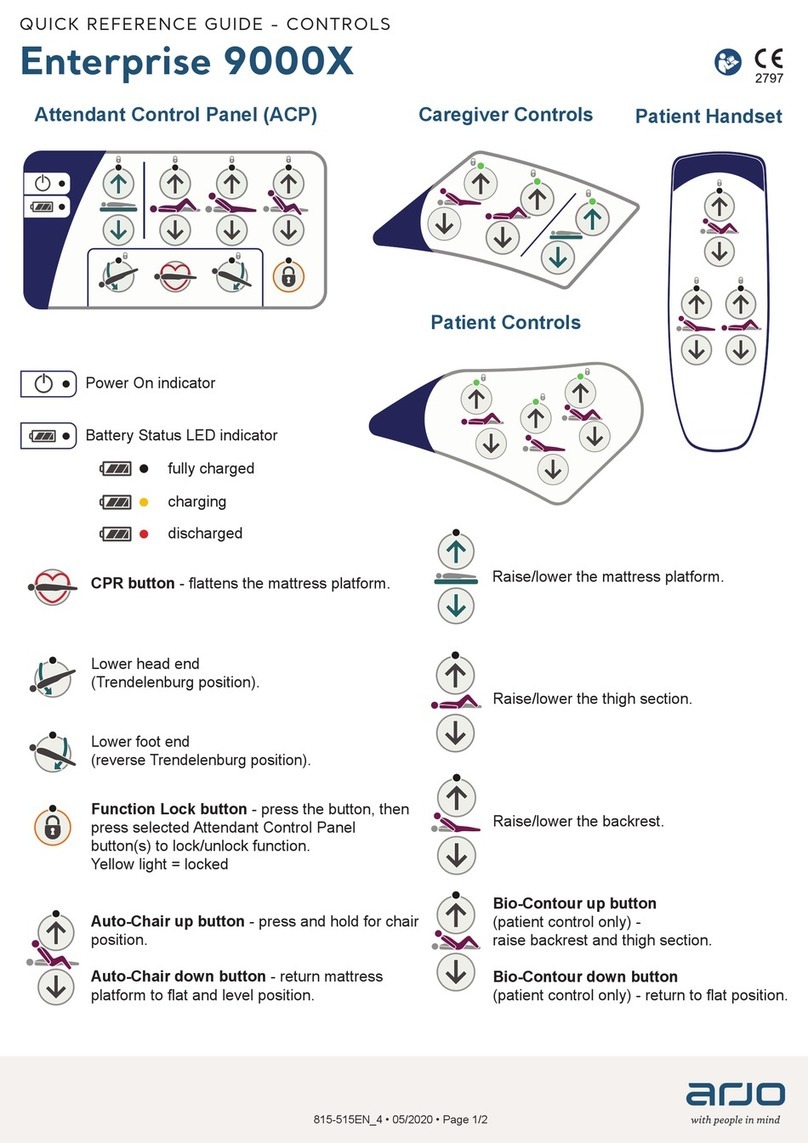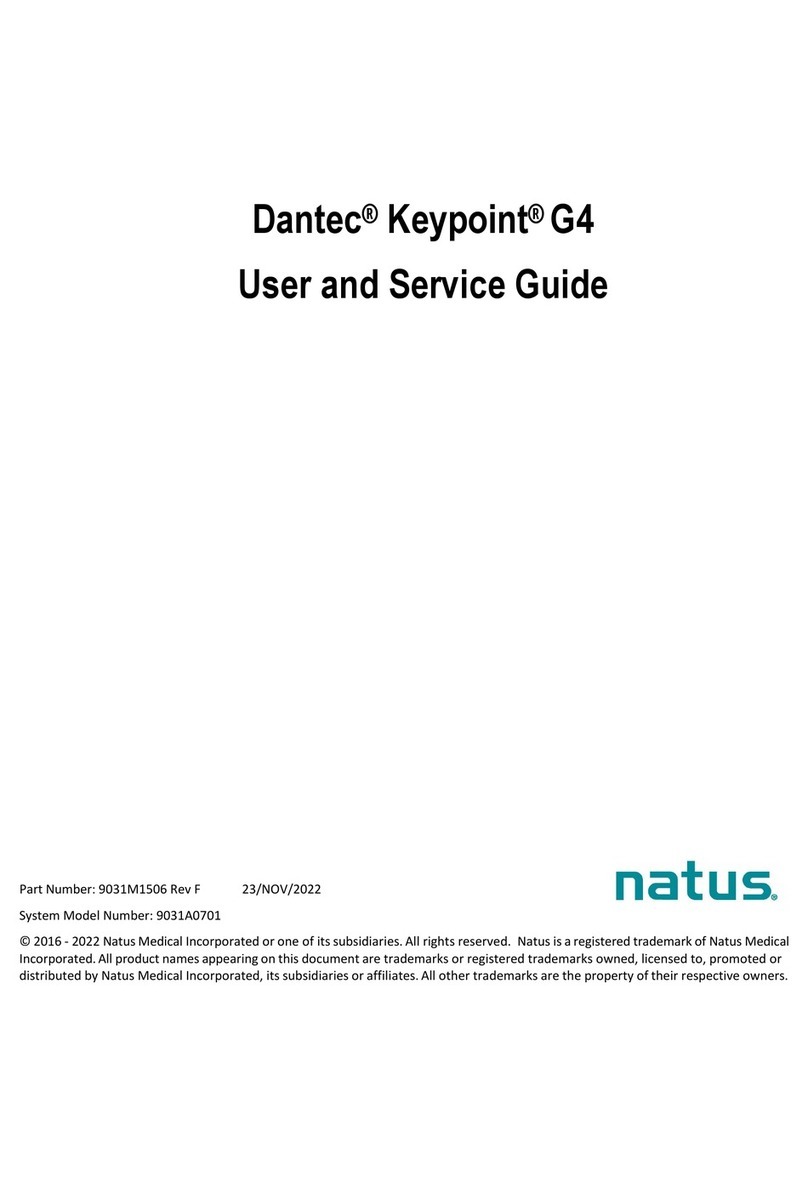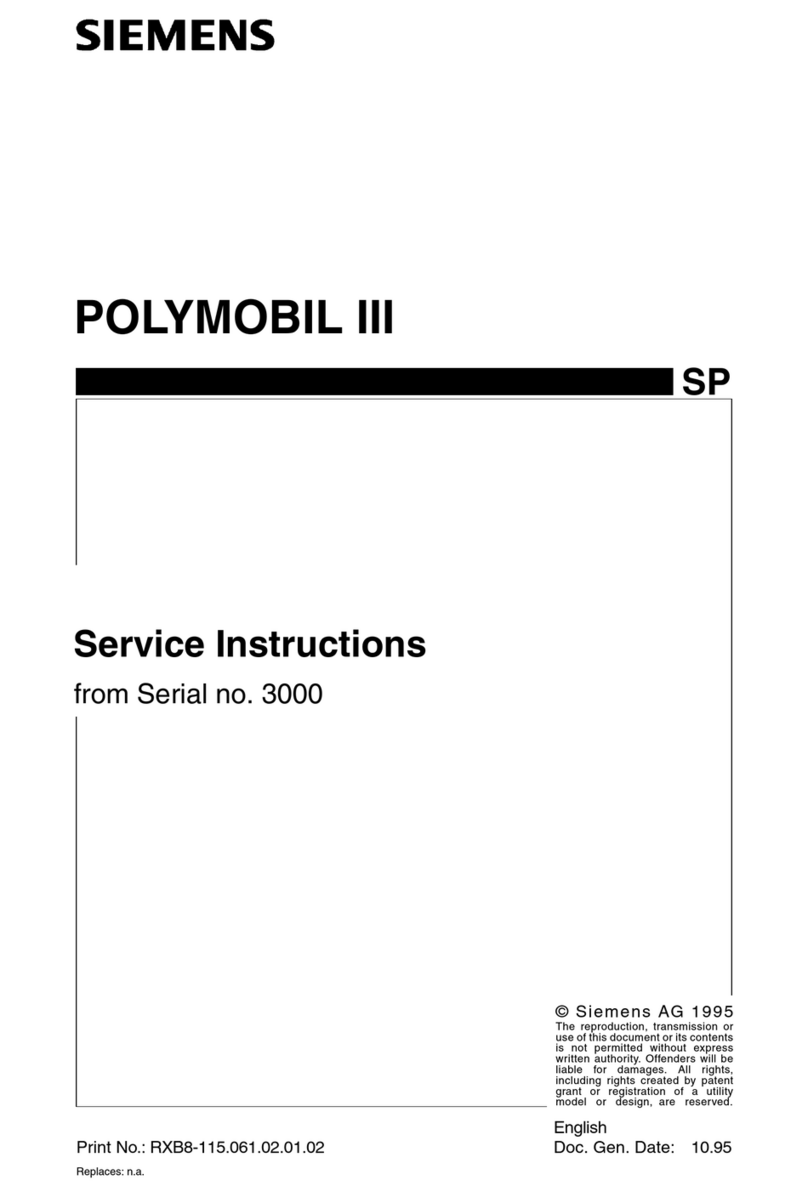Maquet CS100i Manual




















This manual suits for next models
1
Table of contents
Other Maquet Medical Equipment manuals
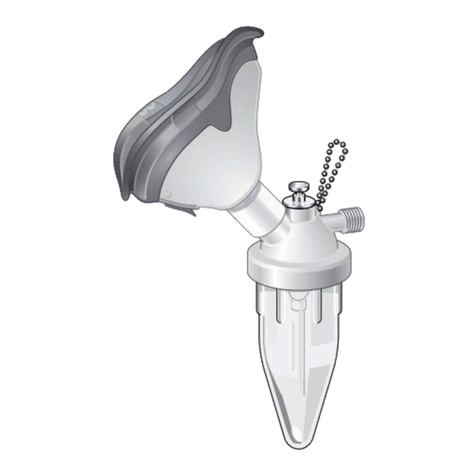
Maquet
Maquet Medap User manual
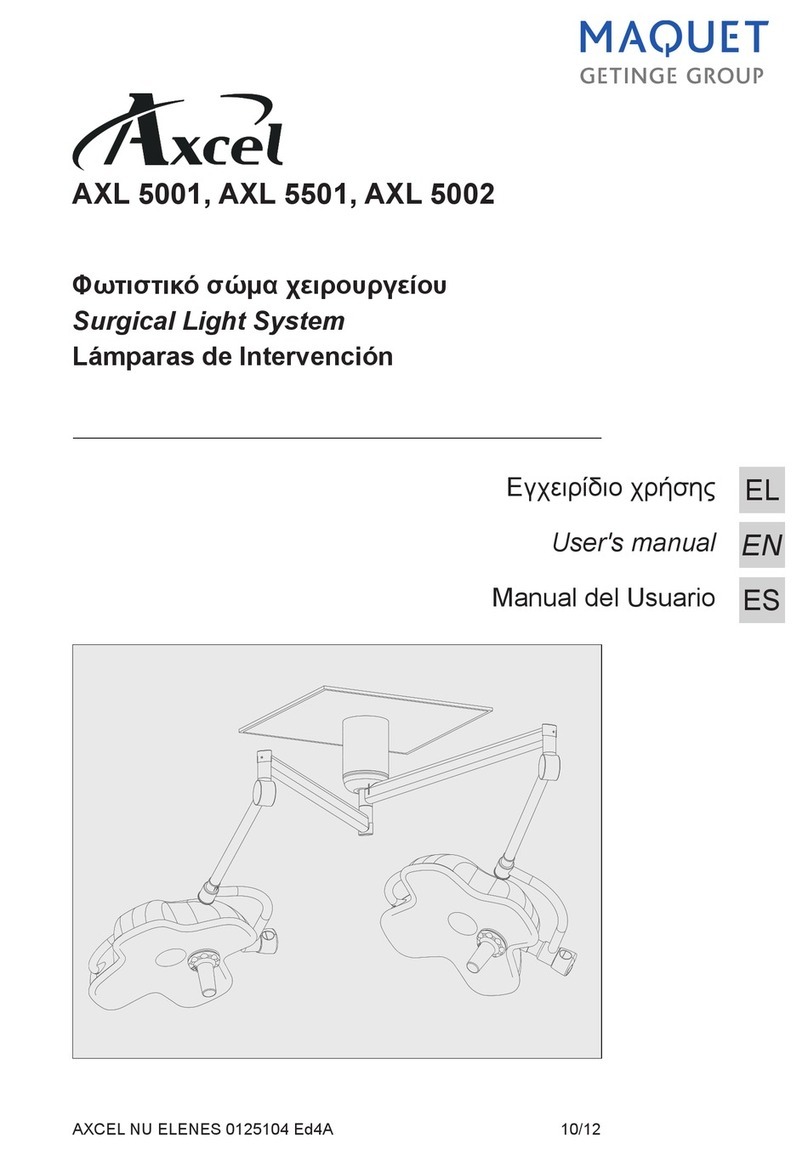
Maquet
Maquet Axcel AXL 5001 User manual

Maquet
Maquet Axcel AXL 5001 User manual
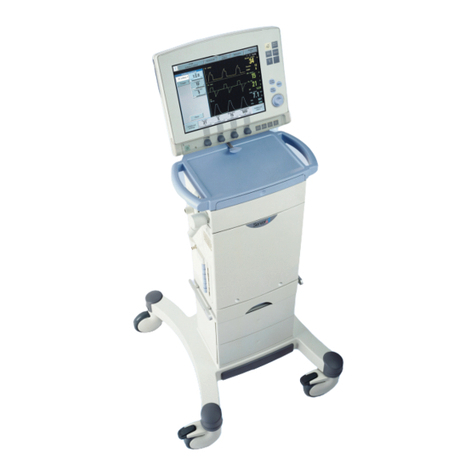
Maquet
Maquet SERVO-i Series User manual
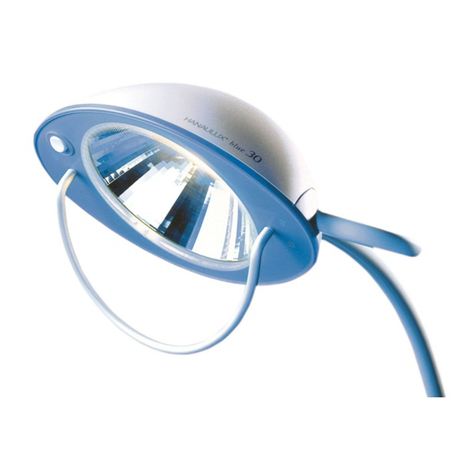
Maquet
Maquet BLUELINE User manual
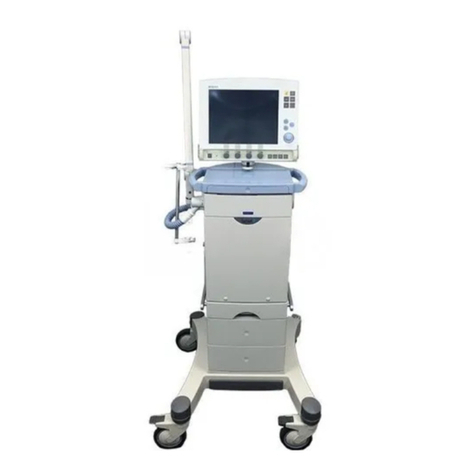
Maquet
Maquet SERVO-i V3.1 User manual
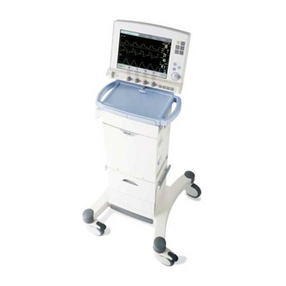
Maquet
Maquet Servo-i V3.0 User manual
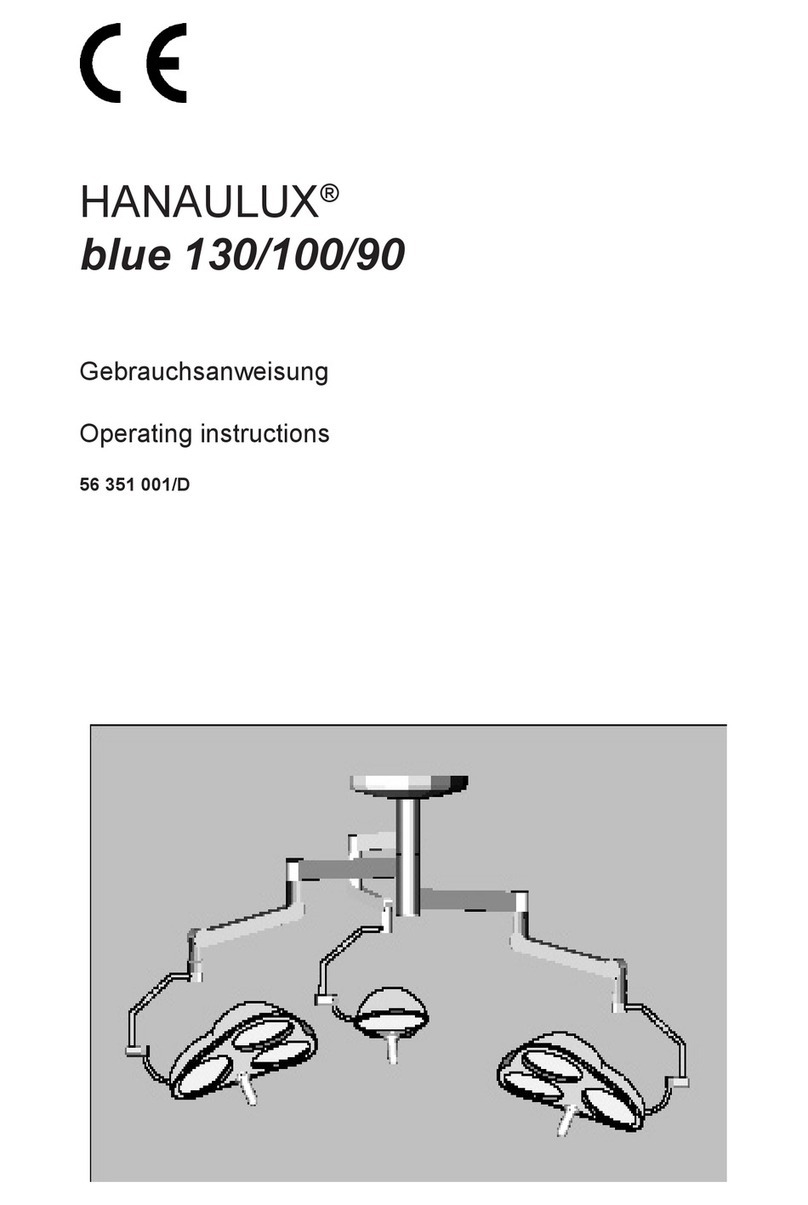
Maquet
Maquet HANAULUX BLUE 130 User manual
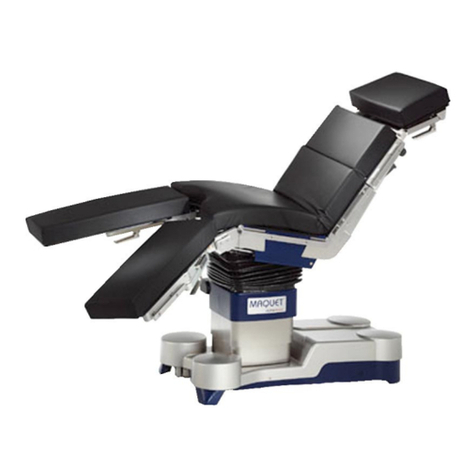
Maquet
Maquet 1133.12B1 User manual
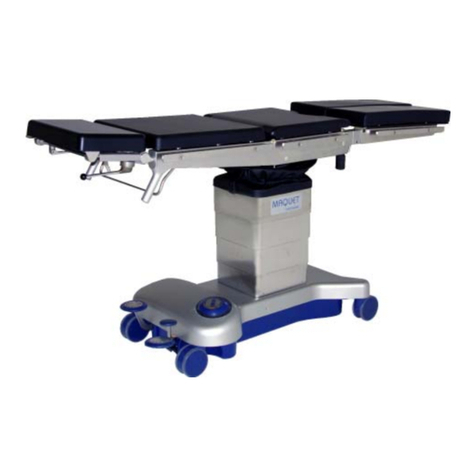
Maquet
Maquet Betaclassic User manual
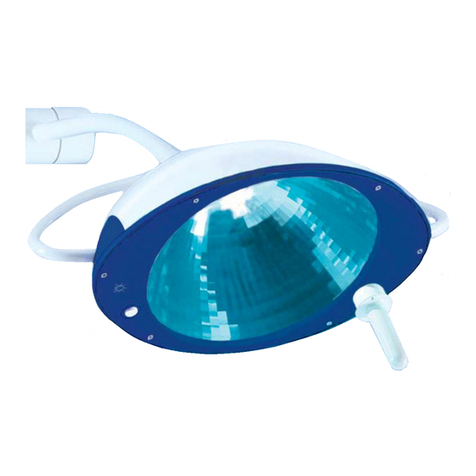
Maquet
Maquet HANAULUX blue 30 User manual
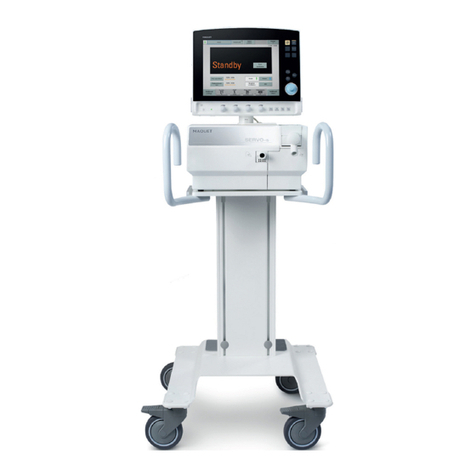
Maquet
Maquet SERVO-s User manual

Maquet
Maquet HANAULUX BLUE 130 User manual
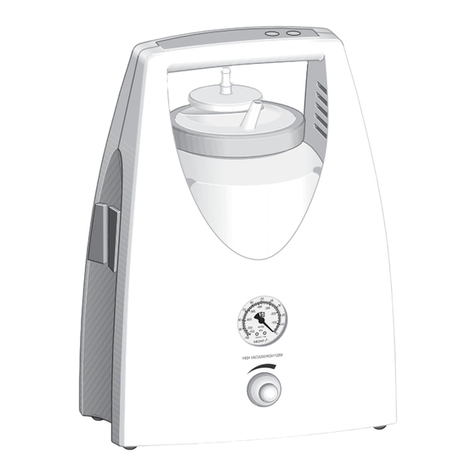
Maquet
Maquet VENTA MULTI CARE 16 User manual
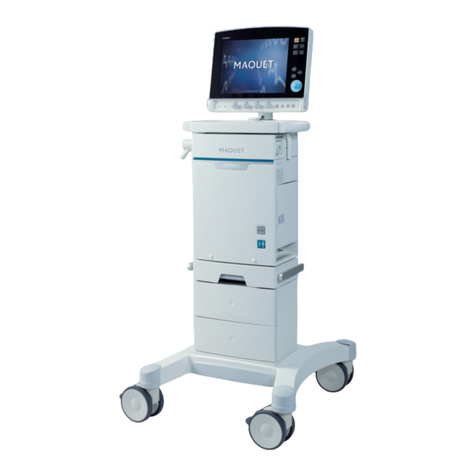
Maquet
Maquet SERVO-i User manual

Maquet
Maquet FLOW-I User manual
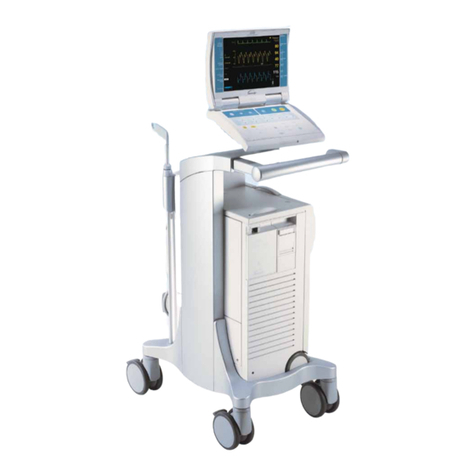
Maquet
Maquet Datascope CS300 User manual

Maquet
Maquet HANAULUX 2000 User manual
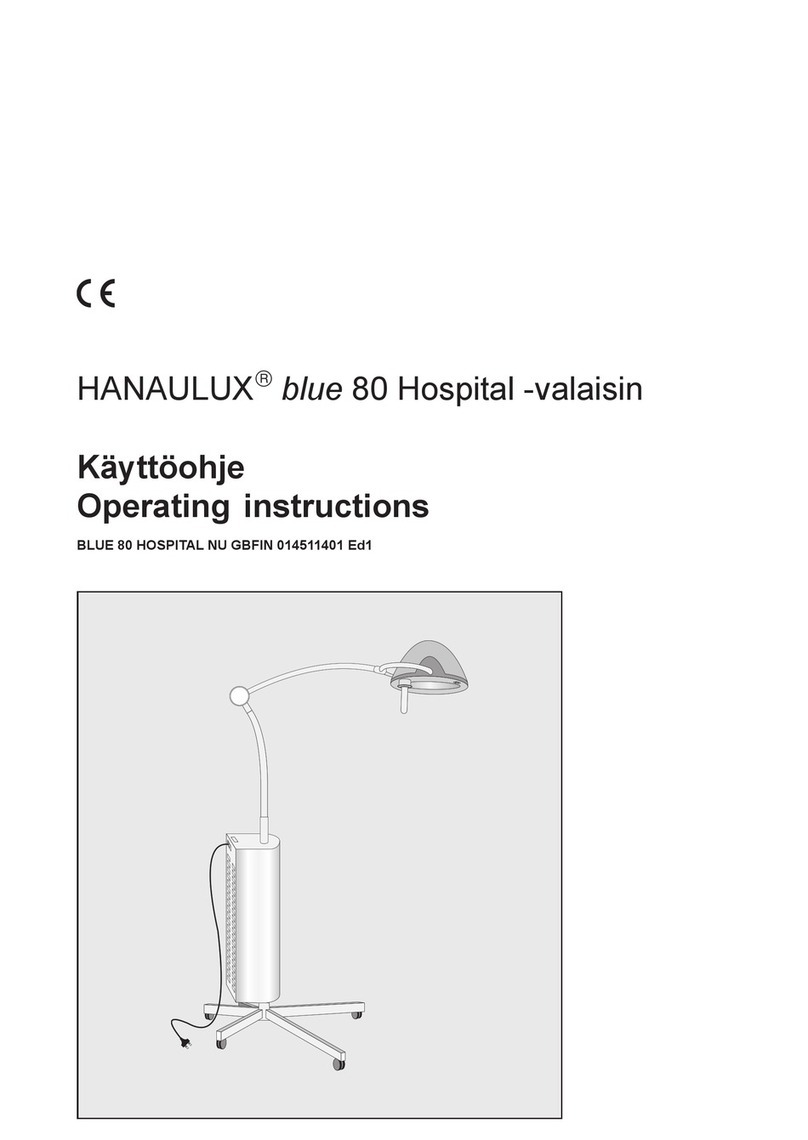
Maquet
Maquet HANAULUX blue 80 Hospital User manual
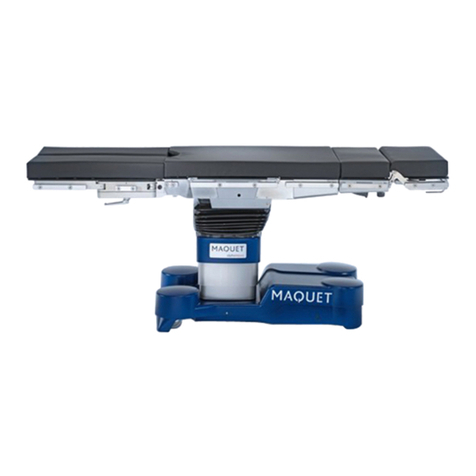
Maquet
Maquet ALPHAMAXX User manual
Popular Medical Equipment manuals by other brands
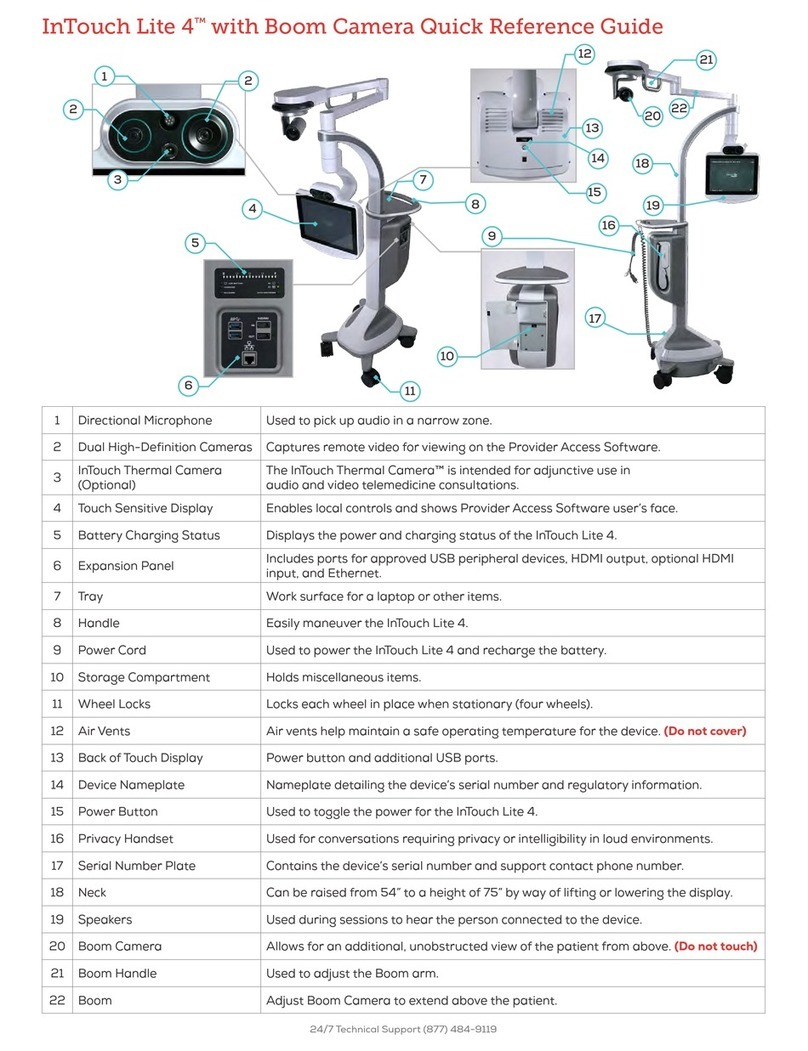
InTouch Health
InTouch Health InTouch Lite 4 Quick reference guide
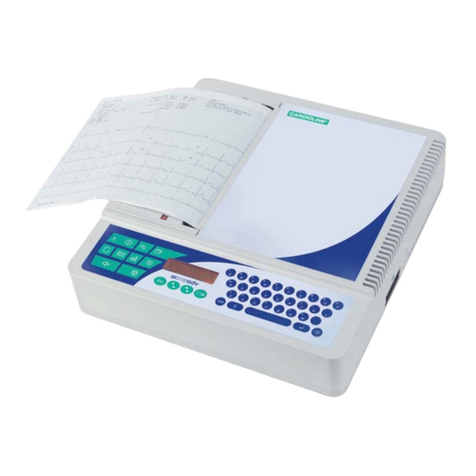
Cardioline
Cardioline ar2100adv user manual
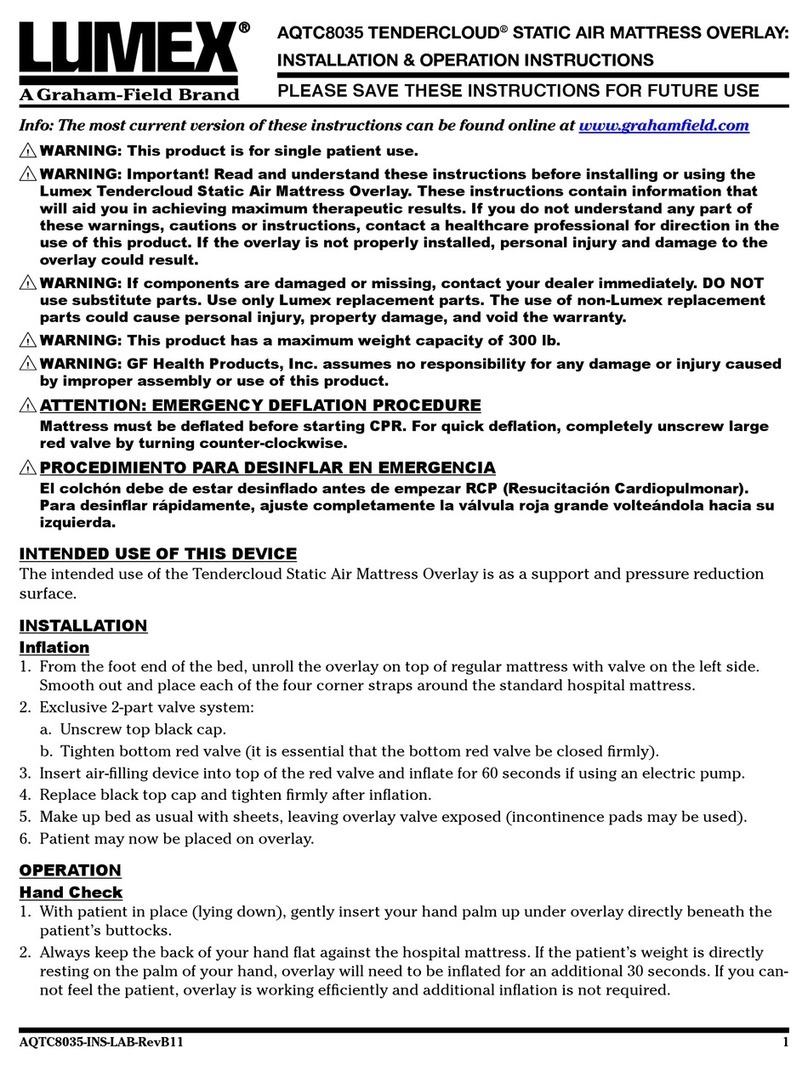
Graham Field
Graham Field LUMEX TENDERCLOUD AQTC8035 Installation & operation instructions
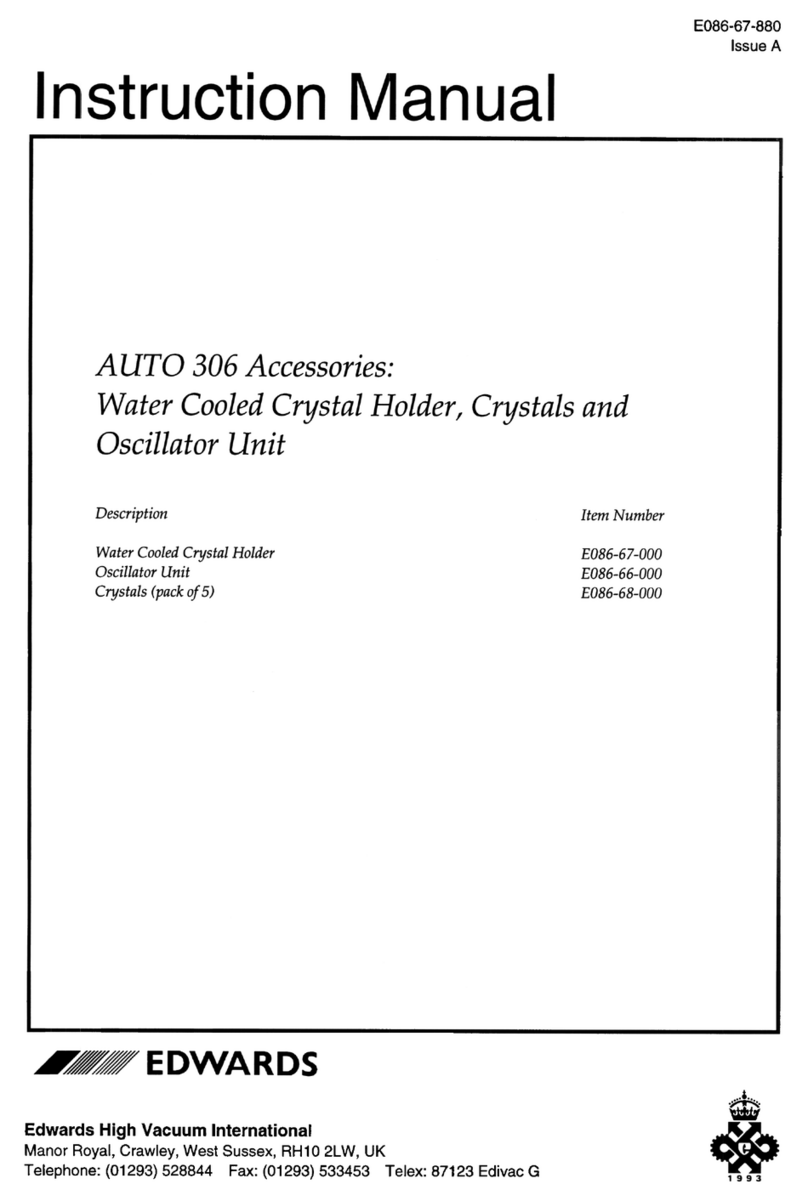
Edwards
Edwards AUTO 306 instruction manual
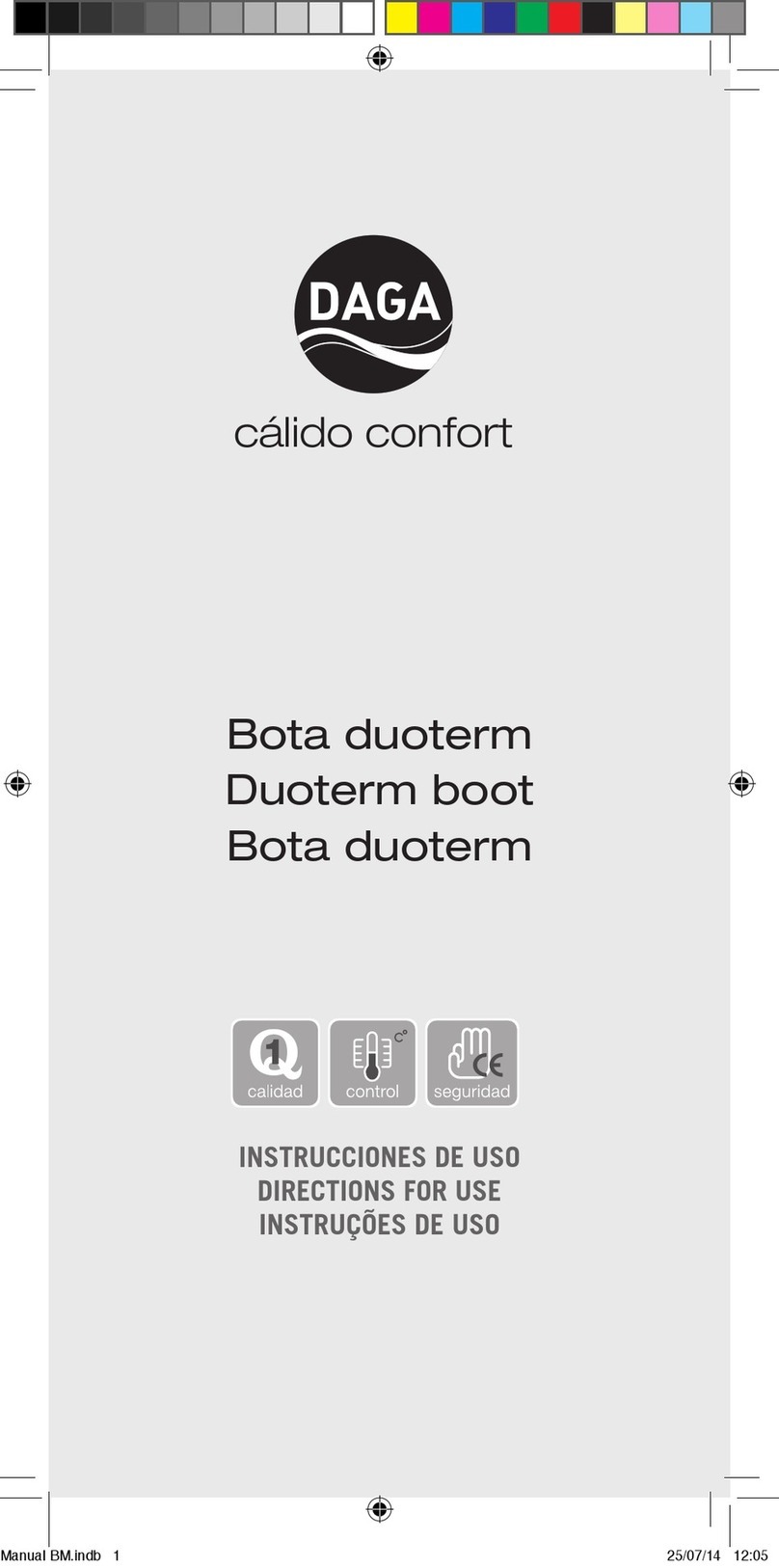
B&B TRENDS
B&B TRENDS Daga BM Directions for use
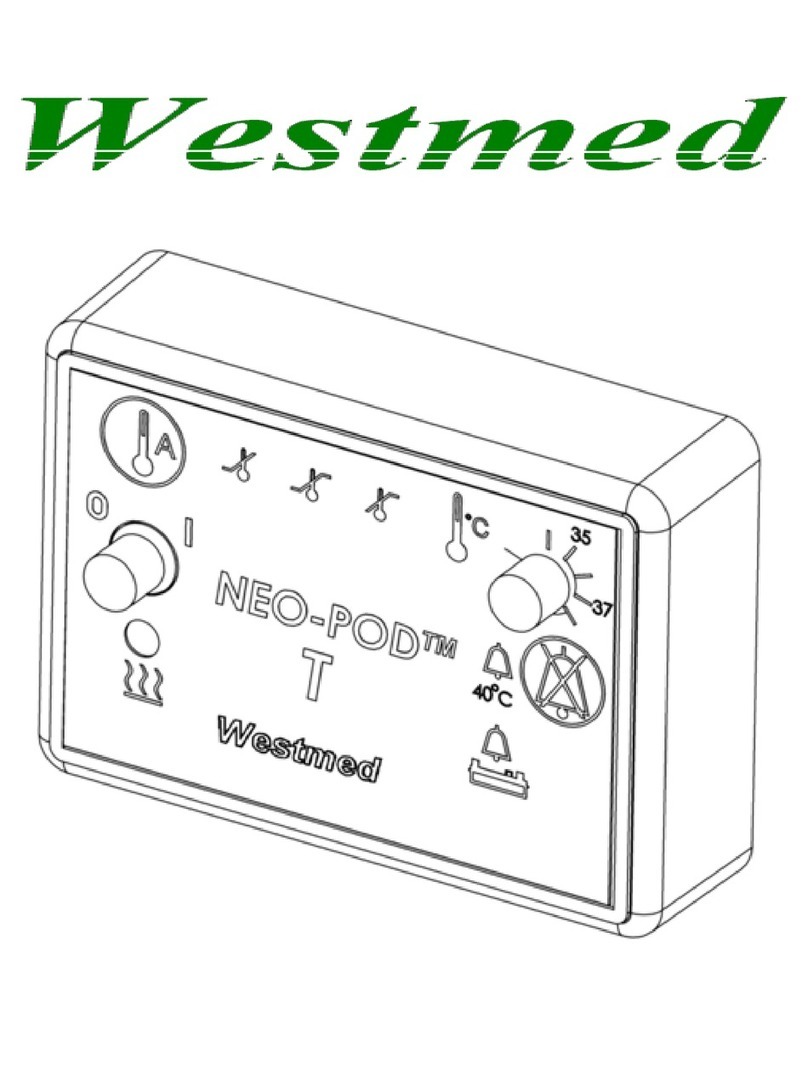
Westmed
Westmed Neo-Pod T manual


